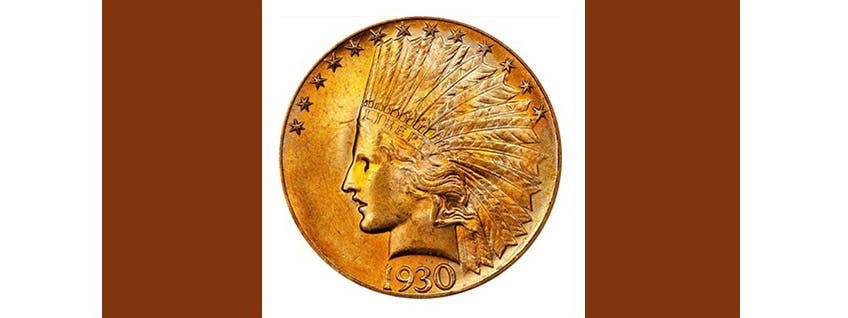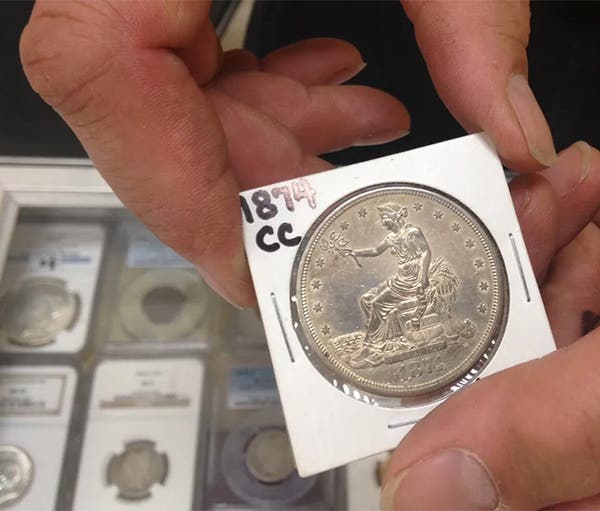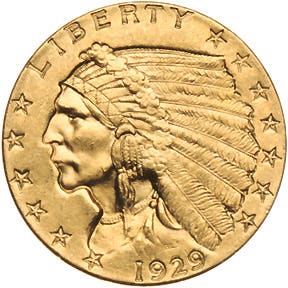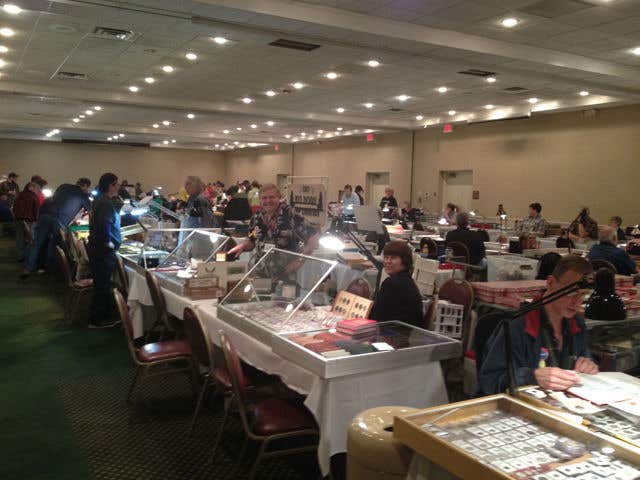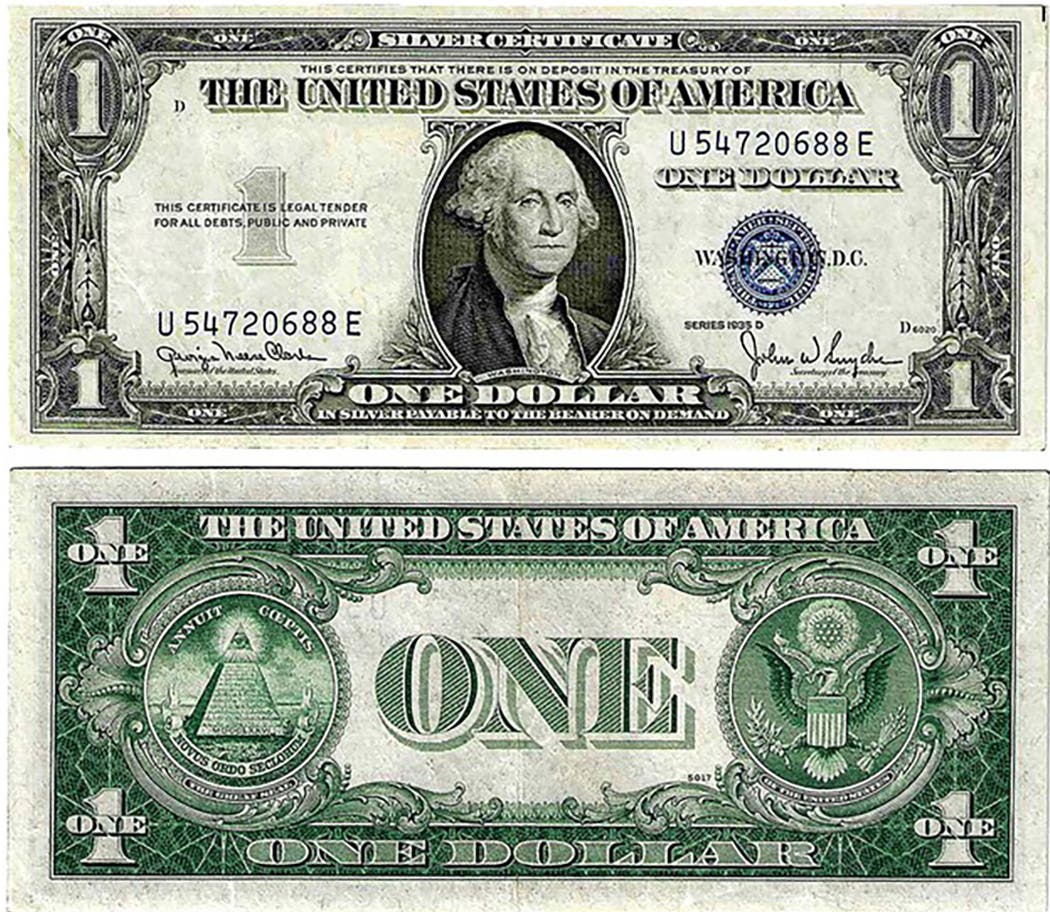MS-65 1920-S quarter a good deal
There are a number of surprises in the prices of the Standing Liberty quarters. It’s a case where the Standing Liberty quarter is still a set we are learning about….
There are a number of surprises in the prices of the Standing Liberty quarters. It’s a case where the Standing Liberty quarter is still a set we are learning about. That might sound strange since the last Standing Liberty quarter was made back in 1930.
However, it’s not that strange. Back in the period of the Standing Liberty quarter, the number of active Standing Liberty quarter collectors was relatively small. It was the 1920s and collecting quarters was a steep investment for the nation’s collectors. The bulk of the collectors would have been seeking cents or nickels, but higher denominations were beyond the budget of many.
Throughout the teens and 1920s, there was little change. There is evidence of a roll of Mint State coins or two being saved for most dates in the market today. It was hardly the sort of saving which would be adequate to supply today’s market.
There was another factor as well. The coins being saved back in the 1920s were generally bank-wrapped rolls. They were not hand-selected and carefully examined. In a date like the 1920-S with a mintage of 6,380,000, no one was going to take the time to see that the coins were well struck. The mintage made it look like an average date and as an average date from a branch mint, the odds were good it would be poorly struck although no one at the time would have realized it as no one studied such things.
In the years that followed, the mintage of 6,380,000 kept the 1920-S from receiving any special attention. There were uncirculated examples and the 1920-S was relatively high mintage. At the time, no one was even considering things like MS-65 or MS-65 with full heads.
As grading evolved, MS-65 and then MS-65 with full head came into play. It was still natural to consider the 1920-S as an available date. It had that high mintage and most assumed dates like 1916, 1918/17-S and 1927-S would be tougher.
Over time, it was discovered that the 1920-S along with a number of other dates from 1919 to 1924 from branch mints were very difficult to find in MS-65. If the dates were elusive in MS-65 because they were frequently poorly struck, finding an MS-65 with a full head was going to be even tougher.
The interest in full heads resulted in high prices. Back in 1998, the 1920-S listed at $250 in MS-60, $2,300 in MS-65 and $35,000 in MS-65 with a full head. What is interesting is that today the 1920-S is $225 in MS-60, $2,250 in MS-65 and $24,000 in MS-65 with a full head. That is a big decline in what is the grade where most would expect big price increases. The question is whether the grading services show significant numbers.
At NGC, in MS-65 or better with a full head, the 1920-S total is 11 coins with the best being MS-66. At PCGS, the total is 22 coins with the best again being an MS-66.
That is a combined total of 33 coins in MS-65 or better with a full head. It would suggest that at today’s lower price, the 1920-S looks like a very good deal. There are unlikely to be many more found and 33 is a very low total, even lower than some more expensive dates.


